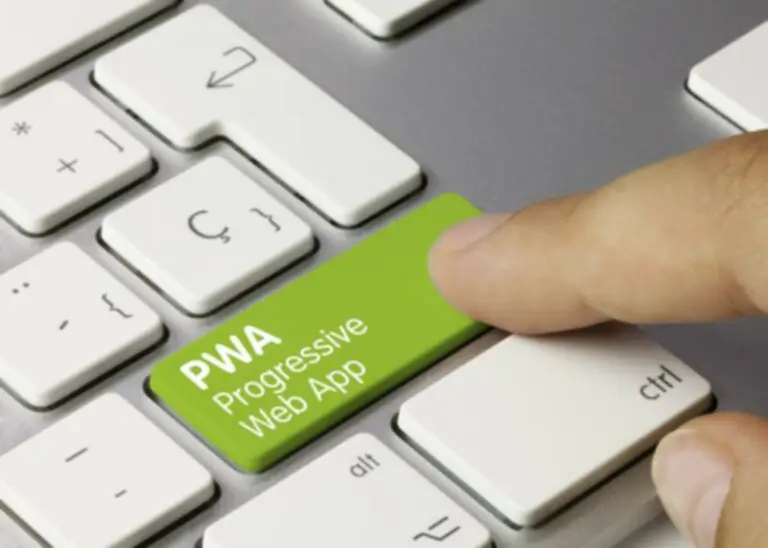ProjectManager is on-line software that provides multiple project views to help you overfitting in ml collect and track your burndown chart. Our listing view captures your duties and shows how a lot work is left before duties are full. This real-time information entry permits staff members to comment and share files as wanted. The horizontal axis represents time while the vertical axis shows person story factors.
Steps To Create A Chart In Scrum
You, in flip, can use those points to define and track key Scrum metrics, including your team’s velocity and burndowns. A burndown chart is a visual show of work completed and remaining in a project, dash, or iteration. In most circumstances the x-axis of the chart represents time, whereas the y-axis represents work both defect burndown chart completed or remaining. Use a Burndown Chart to trace the entire work remaining, and to project the chance of reaching the dash objective. By monitoring the remaining work throughout the iteration, a team can manage its progress, and reply to tendencies accordingly. For instance, if the Burndown Chart reveals that the team might unlikely reach the dash goal, then the team can take the mandatory actions to stay on track.
Real-world Examples Of Burndown Charts
For instance, if the team frequently completes their work forward of time, it could be a signal that they’ve underestimated person tales. And the reverse can also be true — if group members persistently ship less than they’ve initially estimated, it may point out they took an excessive quantity of work into the Sprint. To create this graph, determine how a lot work remains by summing the Sprint Backlog estimates daily of the Sprint.
Burndown Charts In Scrum Frameworks

In agile, estimation refers to measuring the dimensions of a group’s backlog, or an individual piece of labor. Tracking refers to using these estimates to ensure work is on-track for completion. It’s necessary to note that the chart is a device for guidance and not an absolute indicator of success or failure. The actual worth lies in its ability to offer insights into project tendencies and facilitate proactive group teaching. The gap between these traces can help you estimate how far off monitor the Sprint (or release) may be and the hassle required to realign with the deliberate schedule.
This is comparatively easy using the road chart possibility obtainable inside Excel. As you can see, the precise work line is barely totally different from the ideal. The work effort was higher than anticipated at the start but decrease than expected on the finish. Therefore, while the path was slightly totally different, the tip outcome was the same. Transform overwhelm into alternative if you align your groups, automate monitoring, and make data-driven decisions. Check out our estimation guide for suggestions and methods on discovering the right estimates in your points.
A Burndown Chart is a graphical representation of work left to do versus time. The ‘work left to do’ is usually on the vertical axis, with ‘time’ along the horizontal axis. It known as a ‘burndown’ chart as a outcome of as the staff completes duties, the road on the chart burns down towards zero. Any deviation from this pattern line signifies points corresponding to scope creep or inaccuracies with estimation. Teams must examine these deviations promptly to determine whether changes must be made to meet targets efficiently. In specific, if work measurements constantly fall below the ideal burn down line, it indicates that project planning needs improvement.

Also often identified as the vertical axis, the y-axis is used to track the remaining quantity of work and tasks to finish the project. It makes use of a wide range of measurements according to the kind of activity being tracked and the character of the project. If the Development group forgets to mark their work as accomplished, the software program will not update the schedule. If your software device requires handbook graphics updating, you want to do so to have a visibly up-to-date status on group progress.
The backlog is the set of tasks or functionalities that must be accomplished in order to end the project. Before creating your burndown chart, start by listing all the tasks to be completed. In an agile project, these tasks are sometimes expressed in the form of consumer tales or functionalities. Time is a constraint that applies to all projects, especially these of agile corporations. While some sectors are extra time-sensitive than others, all sectors should cope with many sudden conditions. A Burndown Chart helps groups keep track of work in progress, but what exactly does it show?
Only the Scrum Team can determine whether that’s a helpful trade-off or not. From Scrum’s perspective, an incomplete story supplies zero worth, so the burndown shows zero progress. To take this real-world activity into consideration, YouTrack enables you to use two estimation fields to track your progress through the sprint. If you created your board using a Scrum or version-based board template, the burndown chart is configured mechanically. Even so, you may need to fine-tune the settings to switch its habits and presentation.
- By greedy these variations, you can also make an knowledgeable determination on the most acceptable chart for monitoring your project’s progress.
- By identifying these issues early, the staff can take corrective action and mitigate the impression on the project’s timeline.
- If your software tool requires handbook graphics updating, you must accomplish that to have a visibly up-to-date status on group progress.
- Note the gray line on the instance above, which begins at the top of the left vertical axis, and ends at the right-most a part of the horizontal axis.
If this curve is beneath the best line, it means that the team is progressing quicker than anticipated. A burndown chart is a visible representation of the remaining work versus the time required to finish it. By estimating the time it takes to complete duties, issues, and testing, you can decide the project completion date.
The chart is used to visualize a team’s overall standing and progress toward finishing dedicated dash work and reaching sprint objectives. When planning a product launch, a advertising staff may use a Burndown Chart to trace the progress of duties. For occasion, in software development, a staff would possibly use a Burndown Chart to track the progress of a dash. The chart would show the entire number of story points at the beginning of the dash and the way they’re burned down because the staff completes duties. A Burndown Chart is a strong software for project administration and operations for a number of causes. Firstly, it supplies a clear and concise visible illustration of the project’s progress, making it simple for anybody to understand the standing of the project at a glance.
At the beginning of the Sprint, the graph shows relatively little data, and predictions are difficult or unimaginable. Towards the center of the Sprint, the software visualizes much more information and the end is much less complicated to predict. However, scope change just isn’t indicated in the Burndown Chart for the subtask. When using the Burndown Chart, observe that subtask behavior can vary, relying on whether or not or not remaining estimate and time spent is enabled in your board. Learn more concerning the distinction between company-managed and team-managed initiatives. Here is an instance of what your burndown chart would look like with this example.
It is essential to find a balance between folks and organization’s wants. Responsible and expert BVOP™ Product Owners balance each business and technical wants using Agile approaches and supply business value for merchandise. The BVOP™ Director is essentially the most advanced and essential function inside Agile products and services-based organizations. The Scrum Master role has no regulated rules related to the Burndown chart.
The burndown is primarily a tool for monitoring velocity, which is just helpful for future Sprints. Furthermore, even if your burndown did monitor worthless effort, it still wouldn’t be an applicable tool for determining your probability of meeting your Sprint Goal. Unless your Sprint Goal is ‘full all the tales in the Sprint’, which is a pretty poor Goal.
If the line is trending in the path of zero, it signifies that the team is prone to complete the work on time. However, if the road is trending upwards or is flat, it signifies that the team could not full the work within the projected timeline. This may involve re-estimating duties, adjusting the work plan, or allocating additional resources.
Transform Your Business With AI Software Development Solutions https://www.globalcloudteam.com/ — be successful, be the first!